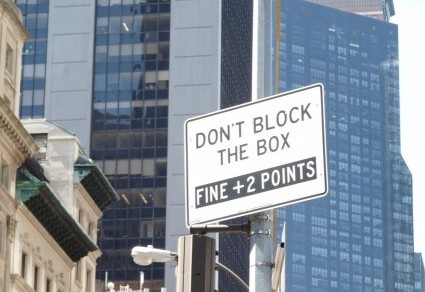The city is sitting in a soup of gray fog as I write this post, much like the meaning of these earnest but incomprehensible signs. First up is from a nearby market that prides itself on fair-traded, locally grown, never-met-a-chemical produce:

Whose safety?
Okay, I get that skates inside a store can lead to crashes and possible puncture wounds from organic asparagus. I can also imagine that stepping on a stray artichoke with a bare foot might lead to a deadly collision with a pile of kale or a tub of alfalfa sprouts. But why is a shirt necessary for safety? Perhaps male customers showing off the effects of all those hours with a personal trainer elicit attacks from envious (or lustful) fellow shoppers. And pets? Is the store owner assuming that your poodle, well behaved in your house and on the street, will go berserk and bite you upon seeing the dog biscuit display? What the sign ought to say, I imagine, is that the shirtless, shoeless, pet-ful and skated customers may annoy and, by a long stretch of the imagination, endanger the staff and other shoppers.
The next sign features a word that hasn’t yet made it into the Oxford English Dictionary:

The “clean up” part is clear, even without the smear of what I hope is dirt that a passerby added to a strategic spot on the sign. But what does “leash-curb” mean? Tie Fido to the sidewalk edge? Limit (curb) the length of extendable leashes? I’d support that one in a heartbeat, having tripped or leapt over many a twenty-foot tether. My guess is that the hyphen is a comma that unwisely flattened out and floated up.
One more, for fans of beauty products:

Are the “50+ ingredients” this store “won’t sell” the appositive of “the finest ingredients” cited in the first line? I can just imagine the manager declaring that “this is the best hand cream in the world, so we don’t carry it and never will.” I’m tempted to go into the store with a list of 50+ ingredients I won’t buy. That is, I would be tempted if I had the tiniest clue about or interest in body-care ingredients. By the way, I inserted a hyphen to link “body” to “care.” Without the hyphen, the “body” may conceivably be attached to “50+,” in which case you can’t shop here if you’re AARP-eligible.























